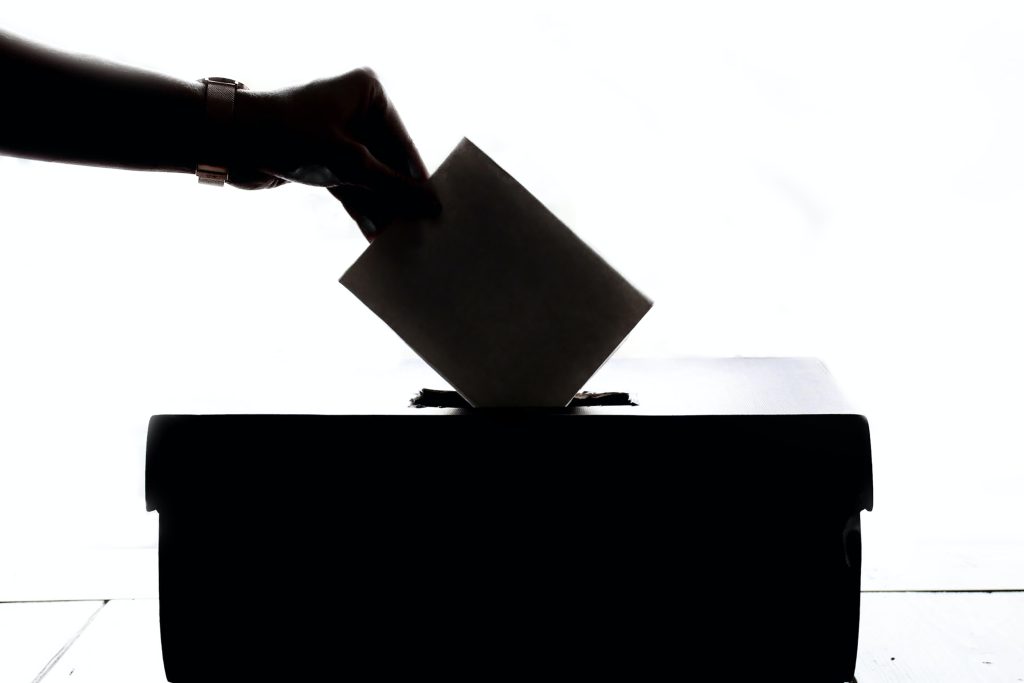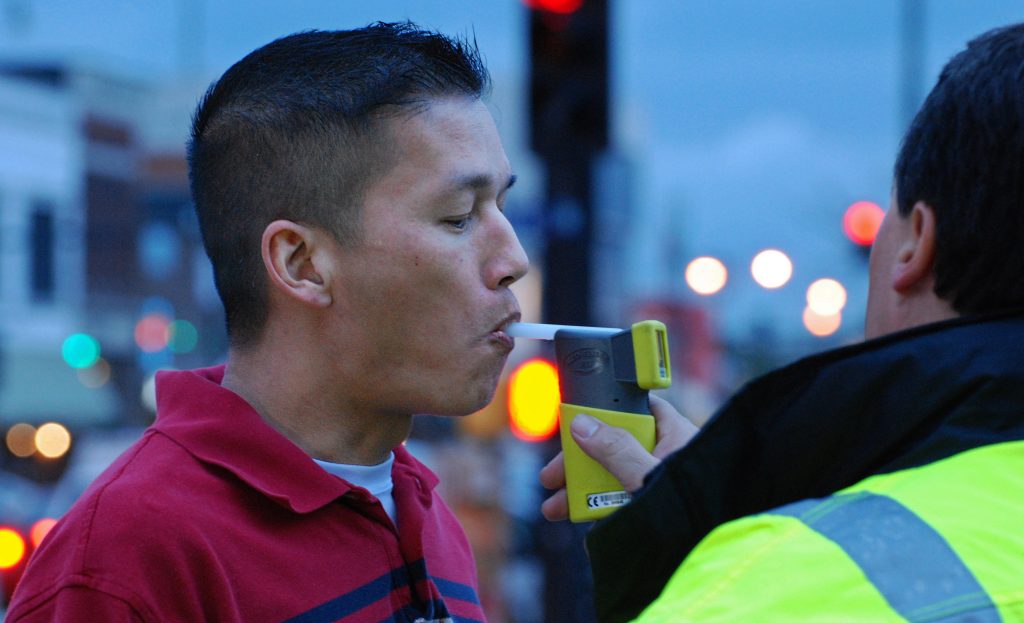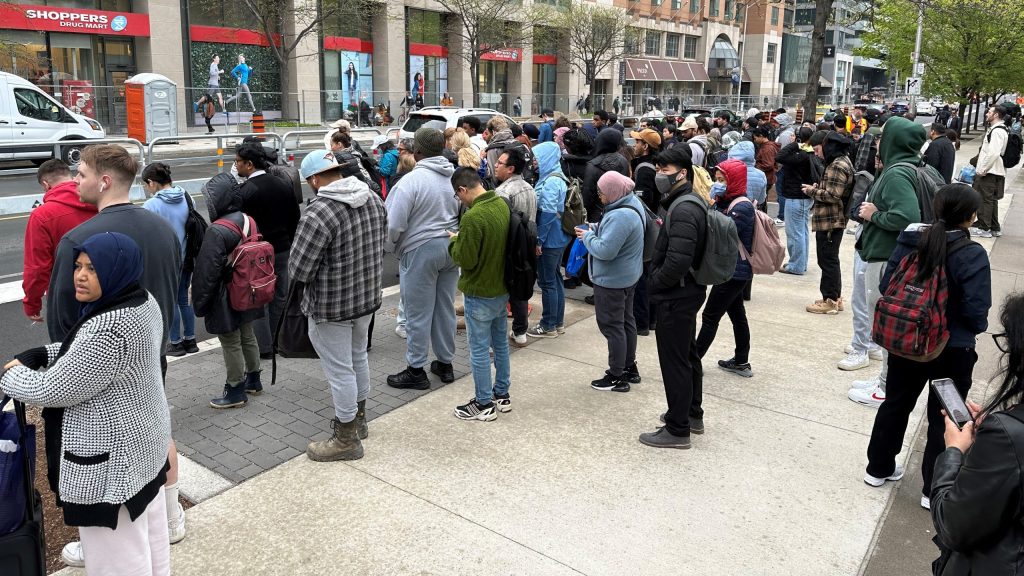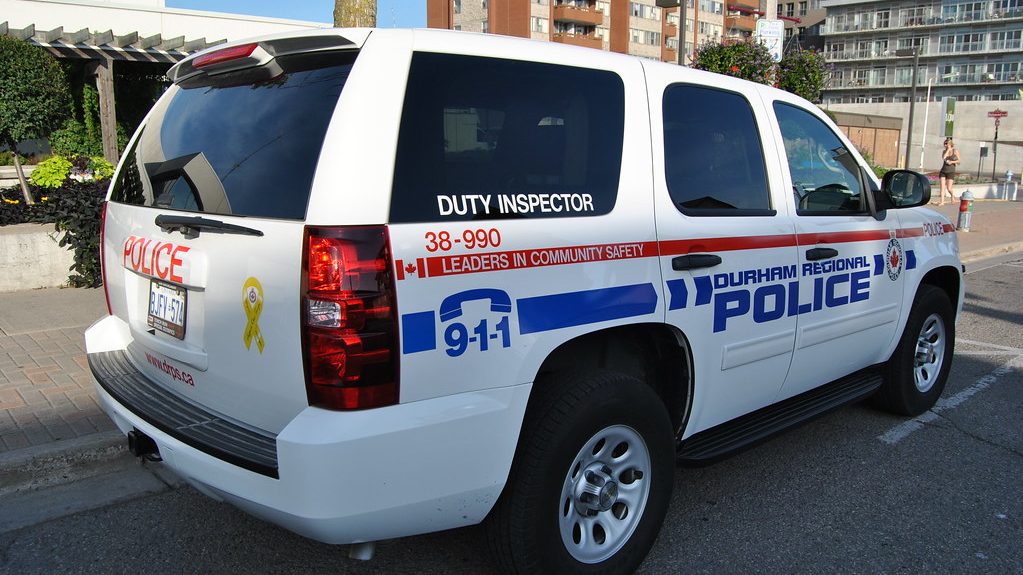Experts say fatigue, non-competitive local Ontario races contribute to low voter turnout

Posted October 25, 2022 3:25 pm.
Experts say voter fatigue, non-competitive races and the non-partisan nature of local elections likely contributed to low turnout in many Ontario communities that voted for their municipal governments.
Early numbers from the Association of Municipalities of Ontario show a 36 per cent turnout across the 301 of 444 municipalities that held local elections Monday night.
Brampton and Mississauga saw less than 25 per cent of eligible voters come out to re-elect incumbents, while Ottawa saw a little less than half of the eligible voters — 44 per cent — cast ballots in an open race for a new mayor.
University of Windsor political scientist Lydia Miljan says municipal elections generally see lower turnout as voters have limited media coverage to look to and no political parties to guide their decisions.
She says voters in the province may also be fatigued after a provincial election in June and a federal election last fall.
RELATED:
-
Toronto and GTA municipal election results with interactive map
-
List of the 25 Toronto city councillors elected; 9 new faces
University of Toronto political scientist Renan Levine says high-profile races in places like Toronto — which saw nearly 40 per cent voter turnout — and Mississauga were not seen as competitive and voters might have had a hard time deciding who to support even in communities with open races.
Voter turnout in Ontario’s 2018 municipal elections was 38.3 per cent provincially, the lowest among municipal election turnouts recorded since 1982.
Former NDP leader Andrea Horwath was elected mayor of Hamilton, where she began her political career on city council 25 years ago, while former Liberal leader Steven Del Duca was elected mayor of Vaughan. But neither had an easy ride to victory.
John Tory (Toronto), Bonnie Crombie (Mississauga), Patrick Brown (Brampton) and Mark Sutcliffe (Ottawa) were among the big political names re-elected or elected in their municipal ridings.










